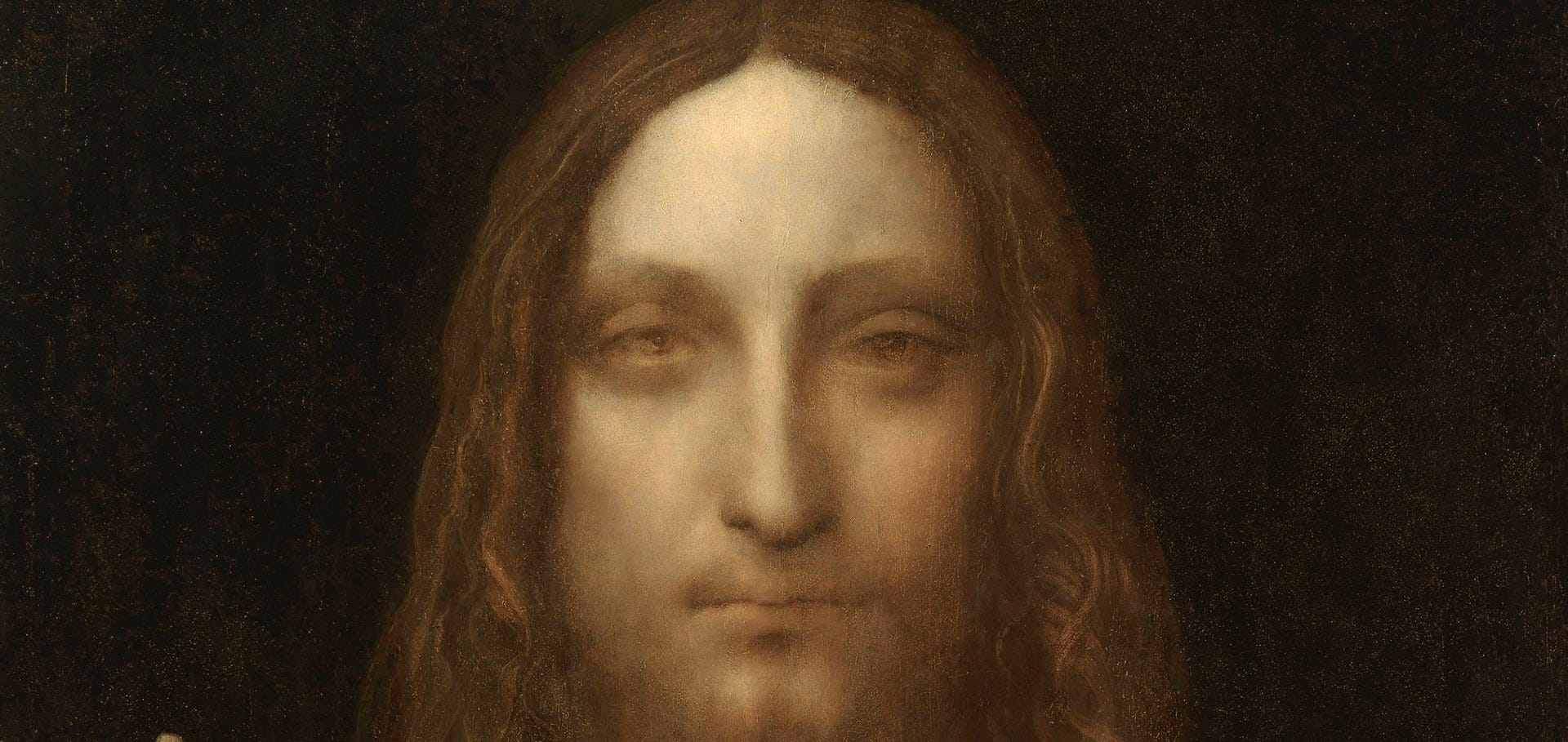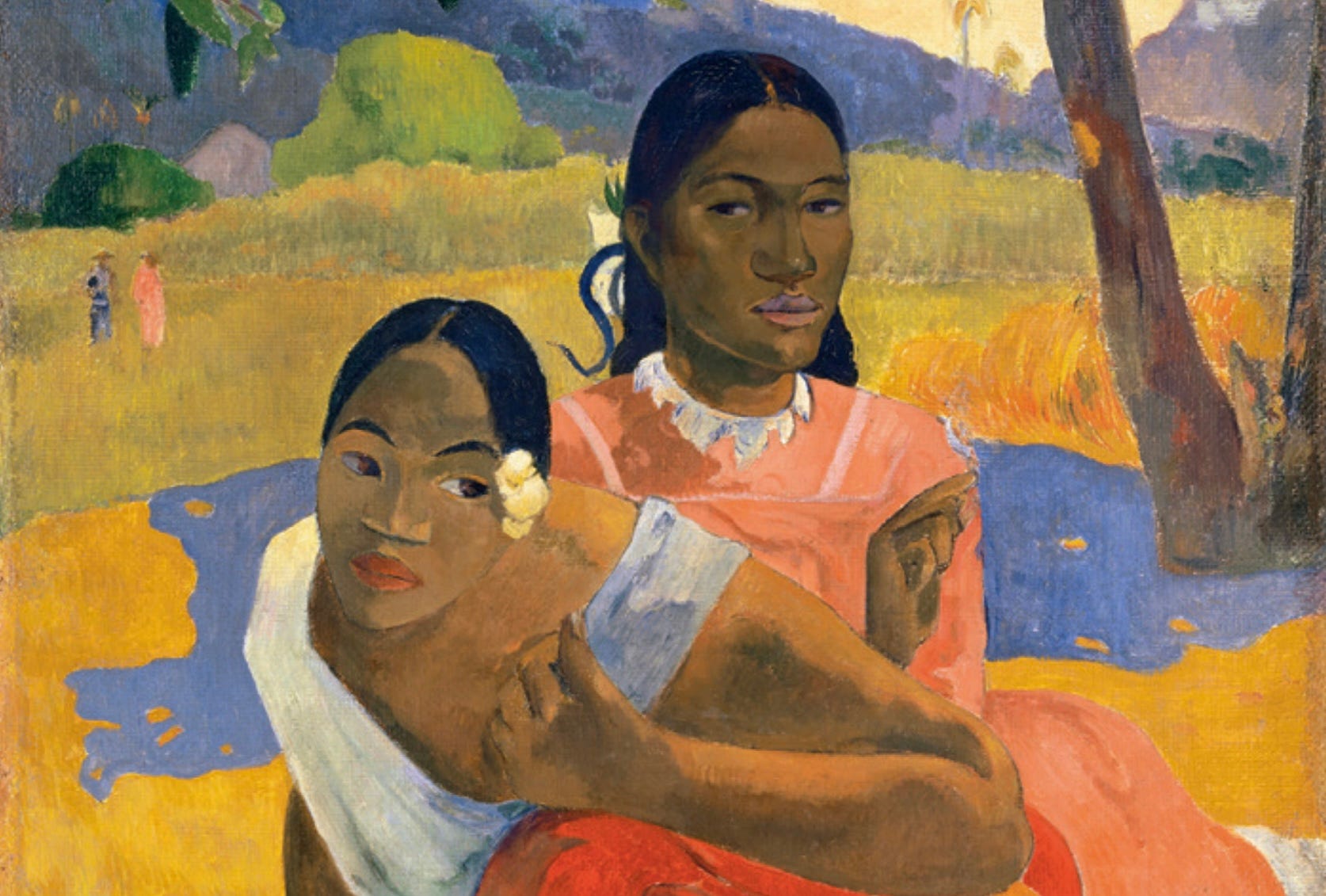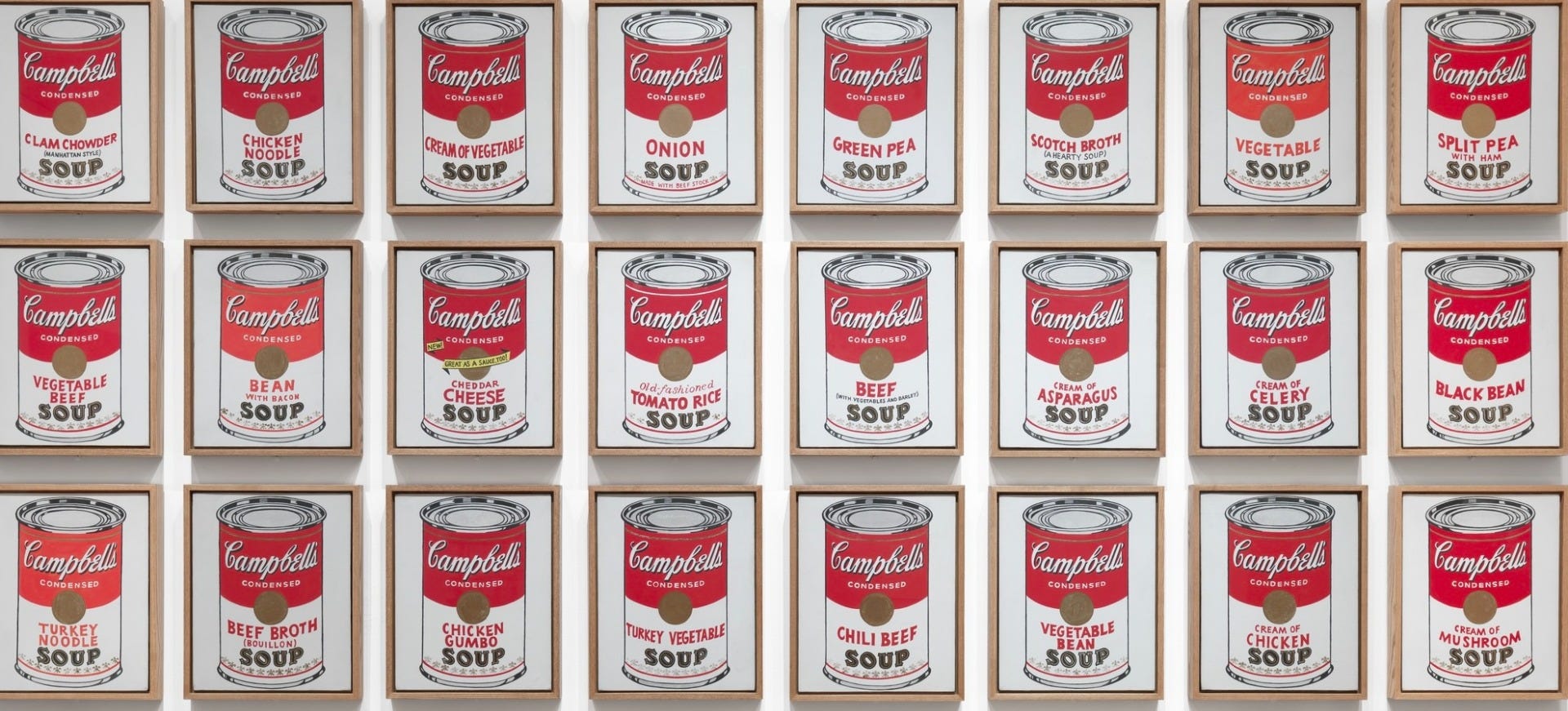The Impact of the 1918 Spanish Flu on Schiele and Munch
- Sep 5, 2023

Image: Edvard Munch - Self-Portrait with the Spanish Flu, 1919.
As we locked ourselves in our homes and socially distanced from the world during the height of the Covid-19 pandemic, we can reflect on one of the most profoundly impactful plagues in history: the Spanish flu and the artwork that emerged during those times. Art, an aesthetic object made to be appreciated for its intrinsic value, often finds its place in museums, churches, or caves. It’s hard to depict death in words, but an image gives us insight into the fragility of human life. During these worrisome times, we can look back at some artists who depicted death during the Spanish flu and explore their works.
The Spanish Flu: Background
The Spanish Flu was named after Spain due to its neutrality in World War I. Unlike its European neighbors, Spain didn’t impose wartime censorship on its press. In France, England, and the United States, newspapers weren’t allowed to report on anything that could harm the war effort, including the virus sweeping through troops. This meant they could report on the severity of the pandemic. Other countries, fighting the war, suppressed reports on how the disease affected their populations.
The horrific scale of this pandemic is hard to fathom. The virus infected 500 million people worldwide and killed an estimated 100 million victims. For perspective, that’s more than all the soldiers and civilians killed during World War I combined. Artists like Edvard Munch and Egon Schiele depicted the deadly flu, giving us an idea of what death looked like even 102 years later.
With a lack of public commemoration, grief, and recovery from the Spanish flu were often private. If a person recovered, it was hard to articulate or visualize this journey. The symptoms included fever, nausea, aches, and diarrhea. Many developed severe pneumonia, with dark spots appearing on cheeks, and patients turning blue from suffocating as their lungs filled with a frothy, bloody substance. Unlike the typical flu, which primarily affects infants and the elderly, the 1918 flu also struck down young, healthy adults, much like Egon Schiele.
Egon Schiele
A protégé of Gustav Klimt, Austrian-born Egon Schiele was a major figurative painter of the early 20th century. He engaged with an unconventional depiction of the body and its imperfections during his brief but prolific career. Early in 1918, Schiele began working on a painting of his family. With his resolute attention to the human form, he completed the three family figures. Schiele himself is at the far back, his brawny nude body hunched behind his wife, Edith, who looks off to the side, while a child is curled between her feet. The painting would never be finished because both Edith and Egon succumbed to the pandemic, and their child was never born.
They were two among millions who succumbed to the pandemic. The incomplete painting was transformed into a portrait of loss. When Edith was on her deathbed, Schiele captured her final hours in a haunting drawing on the 27th of October. Her face is striking, but exhaustion and pain radiate from her narrowed eyes. The next day she was dead. Three days later, Egon followed. Before his death in October 1918 at the age of 28, he mourned his mentor and friend, Gustav Klimt, who had also succumbed to the deadly flu that February at 55. Schiele also sketched Klimt’s disease-decimated face, plainly rendering its distortions and hollows. In doing this, Schiele created an everlasting picture of what the Spanish Flu looked like. These portraits of what it was like to suffer the Spanish flu are rare.
Edvard Munch
Among the artists who caught the Spanish flu and survived was Norwegian painter Edvard Munch. His lifelong self-portraiture found a harrowing match in the disease. While many of his early self-portraits have morbid fantasies of his mortality, his Spanish flu series plainly confronted his frailty and vulnerability.
In works like “Self-Portrait After The Spanish Flu” (1919), Munch appears gaunt, wrapped in a dressing gown and blanket. The tormented painter appears both judge and victim of this pandemic killer. The curt yet erratic demeanor, the puffy discolored glare, the quivering lines of fever and chills, only highlight the despair and isolation of the grippe patient. Munch depicts death the way he felt it. That way he only knew how to describe it. Finally, the chilling painting reminds us how we could succumb to an illness in a blink of an eye.
The Spanish Flu vs Covid-19 in Art
The depiction of death through artwork paints a picture of the darkest times for humans. Death has, without a doubt, been one of the most commonly represented subjects of art. It comes as no surprise that something so imminent, and yet unknown, has been represented in such a variety of creative ways throughout history.
Today, as we reflect on our recent experience with the Covid-19 pandemic, we can draw parallels with the past and hope for a better tomorrow. Humanity is no stranger to disease and outbreaks. Whether it be Schiele or Munch, who made art in uncertain times, art has always prevailed in times of pestilence.
Artists today continue to capture the impact of Covid-19, using their work to document personal and collective experiences. Many contemporary artists have created pieces reflecting the isolation, fear, and hope experienced during the pandemic. These modern works, much like those from the Spanish flu era, serve as historical records and emotional expressions of these unprecedented times.
Impact on Today’s Art
The Covid-19 pandemic has had a significant impact on the art world. Many artists have turned to digital platforms to showcase their work, leading to a surge in virtual exhibitions and online art sales. This shift has made art more accessible to a global audience, even amid lockdowns and social distancing measures. Additionally, themes of isolation, resilience, and hope have become prevalent in contemporary art, mirroring the emotional landscape of the pandemic.
Art institutions and galleries have adapted by offering virtual tours and online collections, ensuring that art remains a source of comfort and inspiration. The resilience of the art community during Covid-19 reflects its enduring spirit, much like during the Spanish flu.
Conclusion
The Spanish flu and Covid-19 have both profoundly impacted the world and the art created during these times. Artists like Egon Schiele and Edvard Munch provided a visual representation of the despair and mortality faced during the Spanish flu, just as contemporary artists are doing today amid Covid-19. Art continues to be a powerful medium for expressing the human experience, especially during times of crisis.
As we navigate the current pandemic, we can look to the past for inspiration and hope. Art has always prevailed in times of pestilence, and it will continue to do so, capturing the resilience and spirit of humanity.










